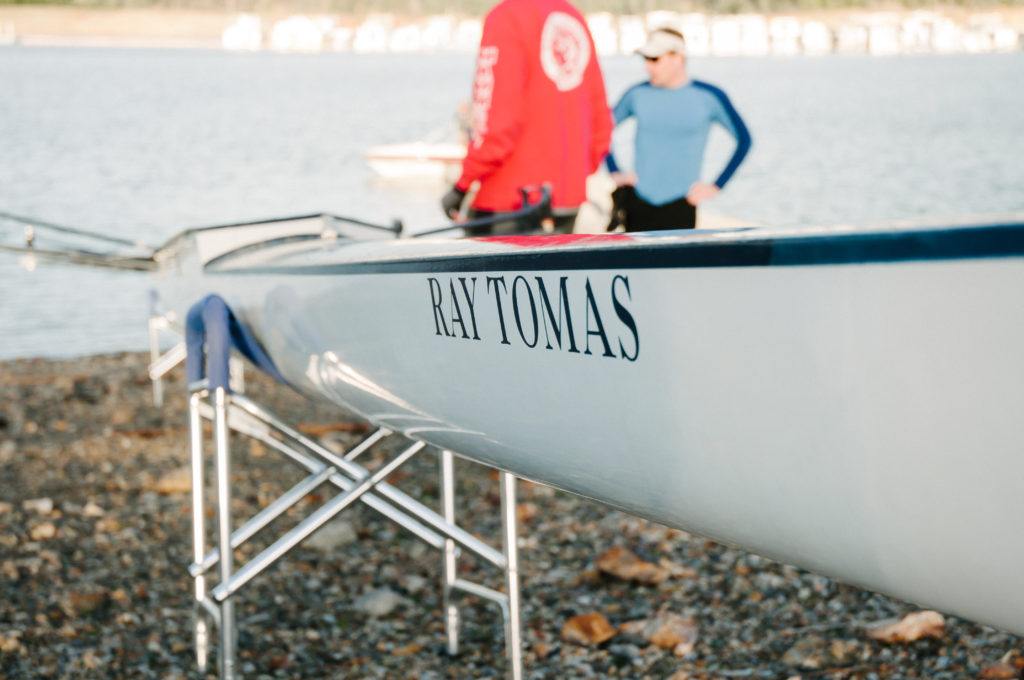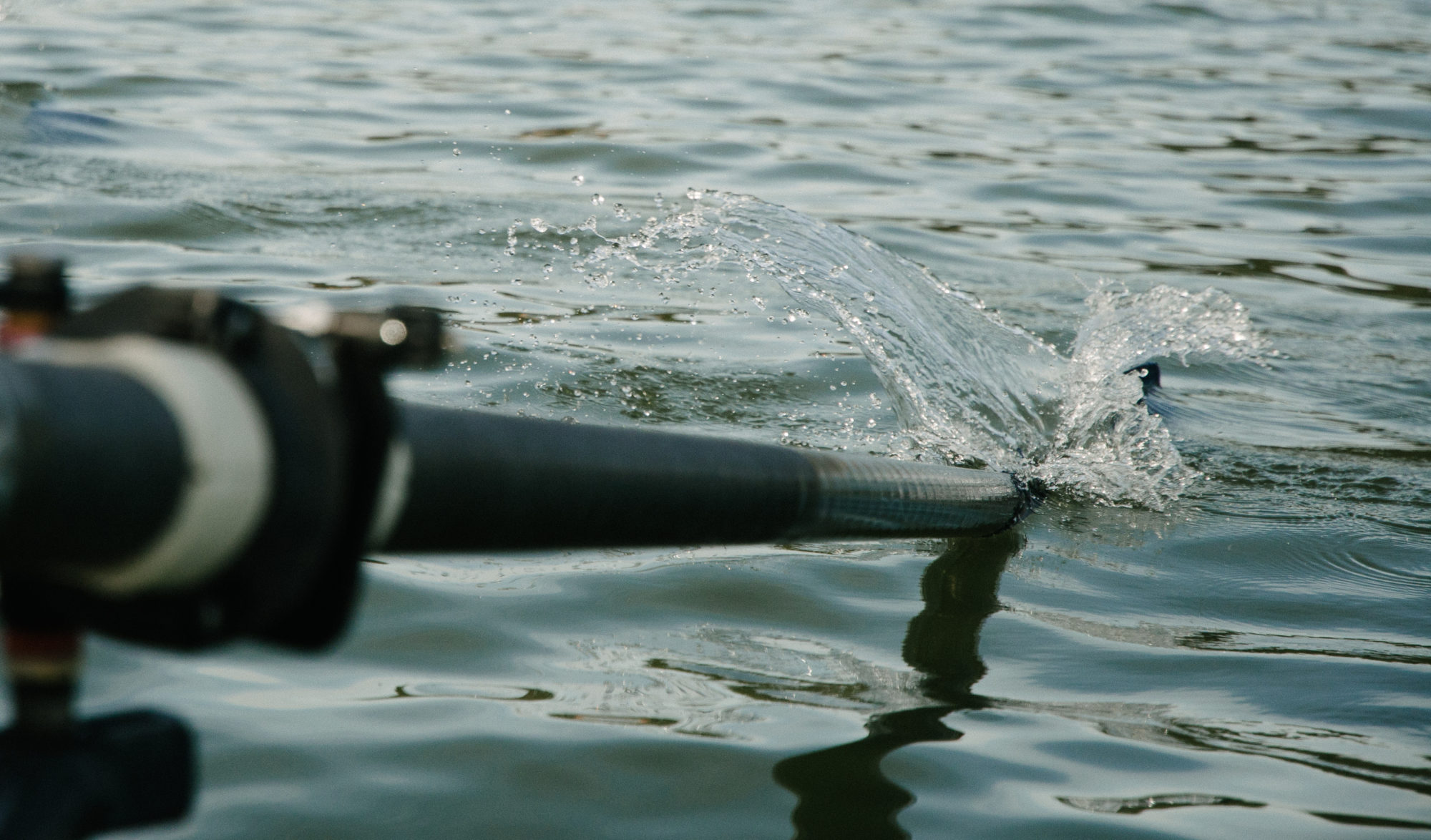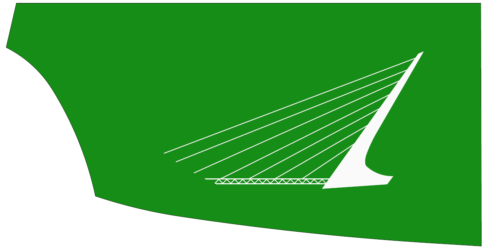
Rowing is a sport with origins dating back to Ancient Egyptian times and the pharaohs. It is based on using oars to generate a force against the water, propelling the boat forward. Rowing is a non-impact sport, that doesn’t result in bone loss like cycling. This is due to both the aerobic exercise, and the weight lifting, caused by “lifting” the oar through the water, which usually has around 15 lbs. of resistance. Athletes move a modern rowing boat using around 86% of their muscles in their leg, body, and arms, for a full body workout.
Teamwork is a big part of rowing. Moving a boat through the water requires that all the rowers move together and place the blades in the water at the same time. There is no standout athlete on a rowing team. In fact, its frowned upon, as the team needs to blend and work together to drive the boat forward.
Rowing can be either recreational, where the focus is on learning the technique of rowing, or competitive, where athletes race against each other and other clubs. In competitive rowing, there are three typical race distances. In the fall, the long distance race is 5 kilometers, while in the spring, the sprint races are 2 kilometers for the Juniors and College Teams, and the Masters race 1 kilometer. There are a number of different boat classes in which athletes compete, ranging from an individual shell (called a single scull) to an eight-person shell with coxswain (called a coxed eight).

